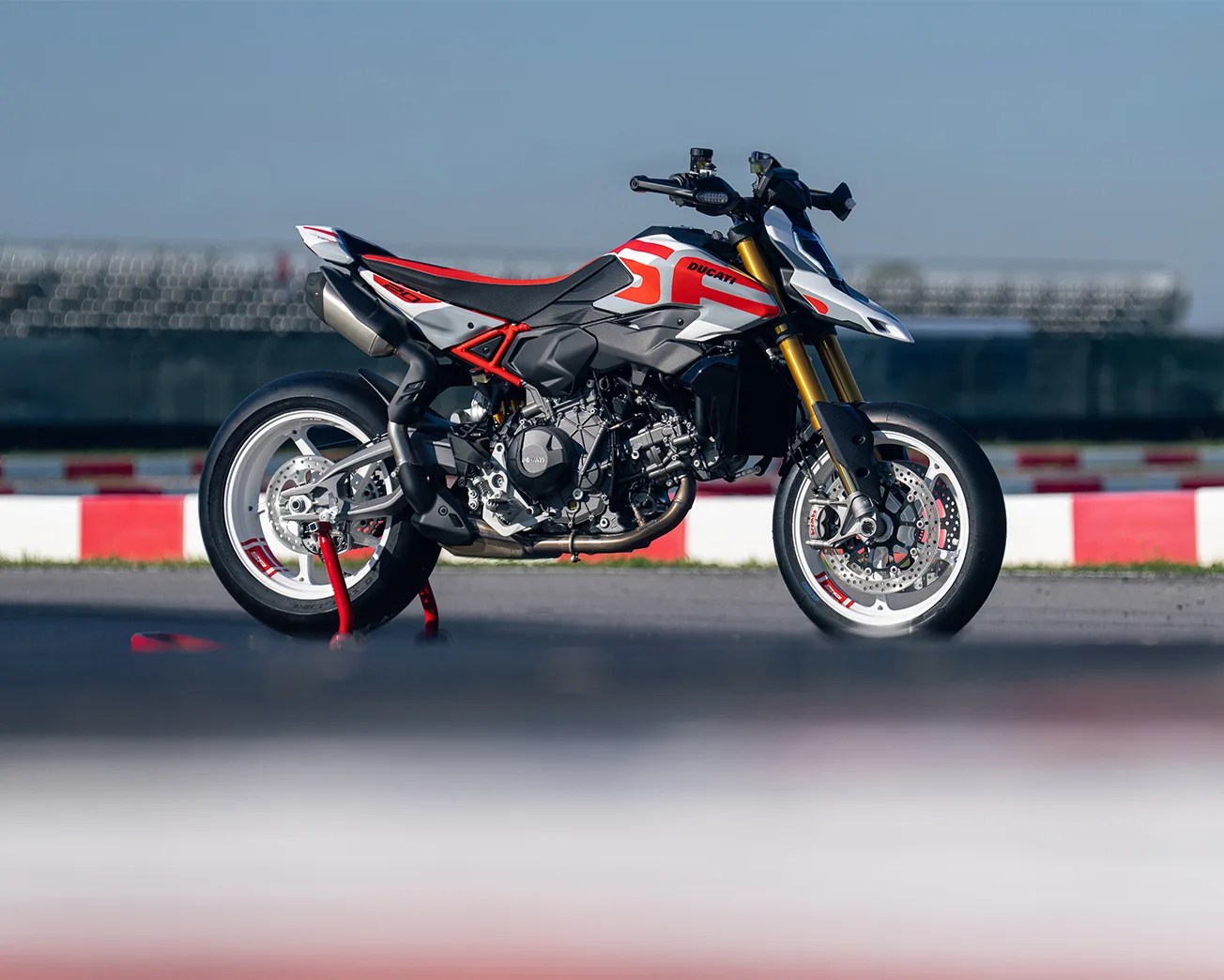Two decades ago, Ducati took the motorcycle world by storm with the debut of its Hypermotard concept at EICMA 2005.
Pierre Terblanche’s design won “Best in Show” for its striking looks, thus prompting the bike’s eventual release to the public.
In the years since, Ducati has continued to tweak the Hypermotard’s formula, making updates to the bike’s engine size and chassis design (among various other areas) to keep it competitive with the rival supermotos on the market.

Even still, in all that time, the Italian manufacturer has yet to give the Hypermotard an overhaul quite like this. For 2026, the bike will abandon a feature that’s defined Ducati’s twins for decades.
Breaking from tradition
That being the brand’s signature Desmodromic valves. Like the Panigale V2, the Streetfighter V2, the Multistrada V2 and the Monster V2 that Ducati has unveiled over the past year, the fourth-generation Hypermotard is adopting the V2 twin engine and its conventionally sprung (though variably timed) valves.










